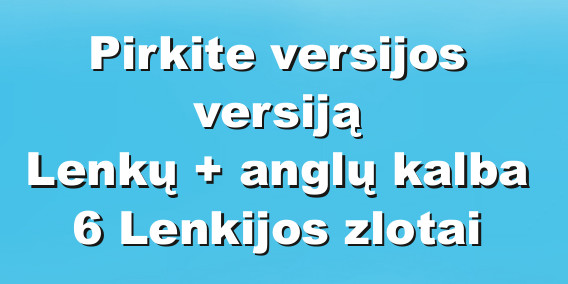Mariam Abdel Rhaman Mohamed Abd Alla, Hatem Mohamed El-Azizi, Hamada Ahmed Hamada Ahmed, Maha Mostafa Mohammed
Mariam Abdel Rhaman Mohamed Abd Alla, Hatem Mohamed El-Azizi, Hamada Ahmed Hamada Ahmed, Maha Mostafa Mohammed – Correlation between supraspinatus tendon echo texture, acromiohumeral distance, and pain in patients with shoulder impingement syndrome. Fizjoterapia Polska 2020; 20(2); 156-159
Abstract
Background. Shoulder impingement syndrome (SIS) is the most common cause of shoulder pain and loss of function among the shoulder problems. All p revious studies have rendered this pathology to the narrowing of the subacromial space or reduced acromiohumeral distance (AHD) as a main cause of symptoms. However, no concern was directed towards the supraspinatus tendon degeneration, and its relation to the patient’s pain or to the narrowing of the subacromial space. Purpose. The objective of this study was to examine if there any correlation between supraspinatus tendon degeneration and AHD both at rest and during motion and the shoulder pain. Methods. A 60 unilateral SIS patients (38 females, 22 male) aged between 25 and 45 years were included in the current study. All patients were examined by ultrasonography (US) for detecting supraspinatus tendon echo texture; hence the grade of the tendon degeneration, and measuring the AHD. Additionally, the patients were evaluated for the intensity of the shoulder pain by visual analogue scale (VAS). Finally, a correlation was carried out to determine if there was any relationship between the supraspinatus tendon echo texture, the AHD, and the VAS scores for shoulder pain. Results. A strong positive correlation (p < 0.05) was found between tendon echo texture and VAS while a strong negative correlation (p < 0.05) was found between tendon echo texture, and AHD both at rest and motion. Conclusion. The degree of supraspinatus tendon degeneration can be an additional source for shoulder pain along with the reduced subacromial space in patients with SIS, and addressing the degeneration of that tendon should be implemented as well as increasing the subacromial space during the rehabilitation of SIS.
Key words:
Subacromial impingement, Supraspinatus tendinopathy, Ultrasonography, Subacromial space, Visual analogue scale (VAS)


